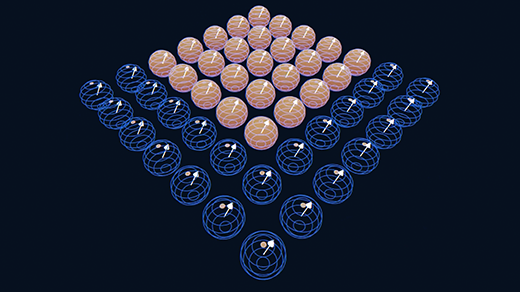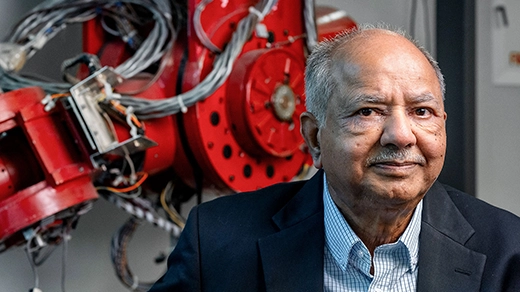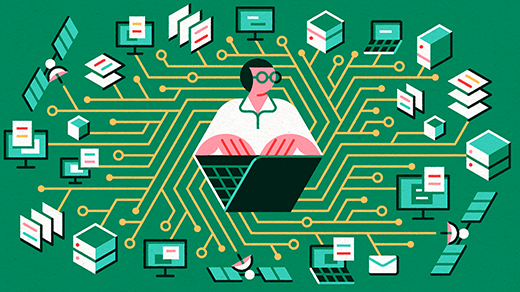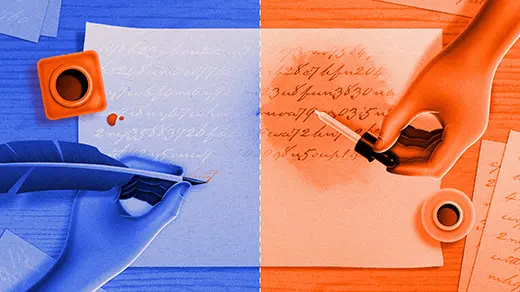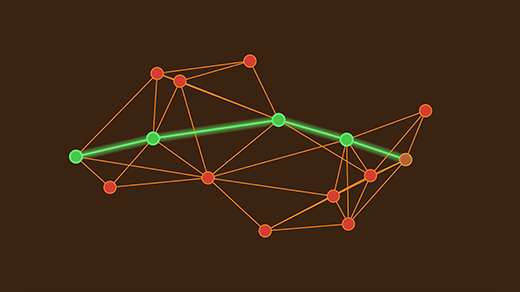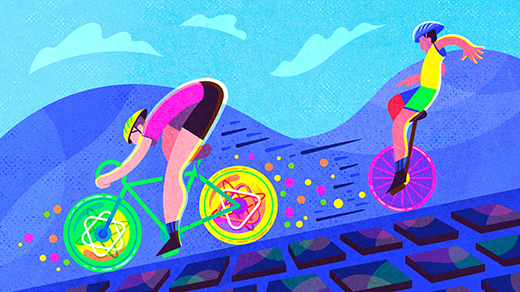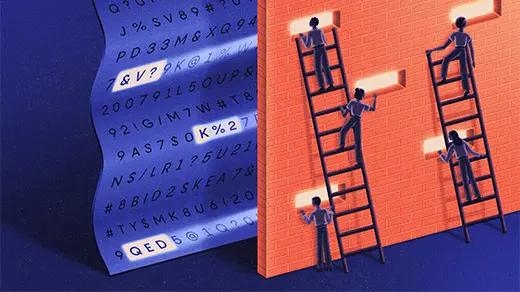What's up in
Computer Science
Latest Articles
Quantum Computers Cross Critical Error Threshold
In a first, researchers have shown that adding more “qubits” to a quantum computer can make it more resilient. It’s an essential step on the long road to practical applications.
The AI Pioneer With Provocative Plans for Humanity
While some fret about technology’s social impacts, Raj Reddy still believes in the power of artificial intelligence to improve lives.
What Is Distributed Computing?
Our computers can get a lot more done when they share the load with other machines.
How Public Key Cryptography Really Works, Using Only Simple Math
The security system that underlies the internet makes use of a curious fact: You can broadcast part of your encryption to make your information much more secure.

Debate May Help AI Models Converge on Truth
How do we know if a large language model is lying? Letting AI systems argue with each other may help expose the truth.
Computer Scientists Establish the Best Way to Traverse a Graph
Dijkstra’s algorithm was long thought to be the most efficient way to find a graph’s best routes. Researchers have now proved that it’s “universally optimal.”
‘Quantum Memory’ Proves Exponentially Powerful
Researchers are exploring new ways that quantum computers will be able to reveal the secrets of complex quantum systems.
The Computer Scientist Who Builds Big Pictures From Small Details
To better understand machine learning algorithms, Lenka Zdeborová treats them like physical materials.
Computer Scientists Combine Two ‘Beautiful’ Proof Methods
Three researchers have figured out how to craft a proof that spreads out information while keeping it perfectly secret.
